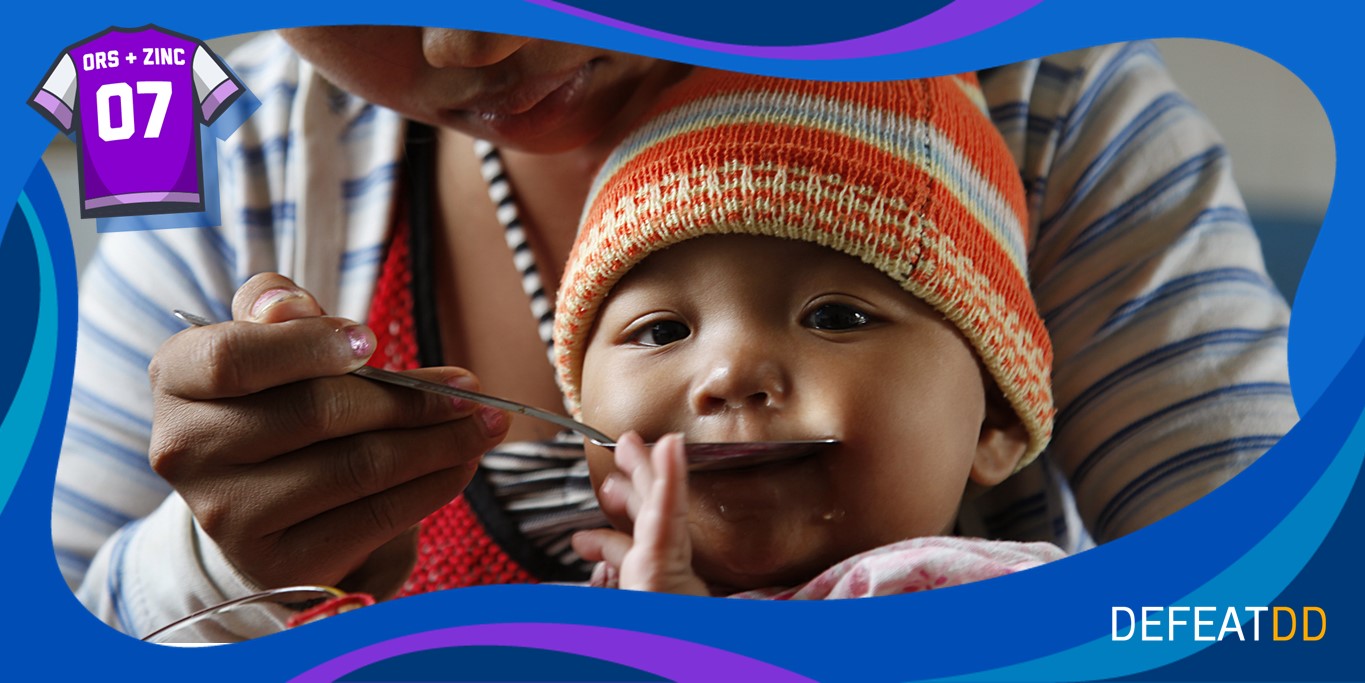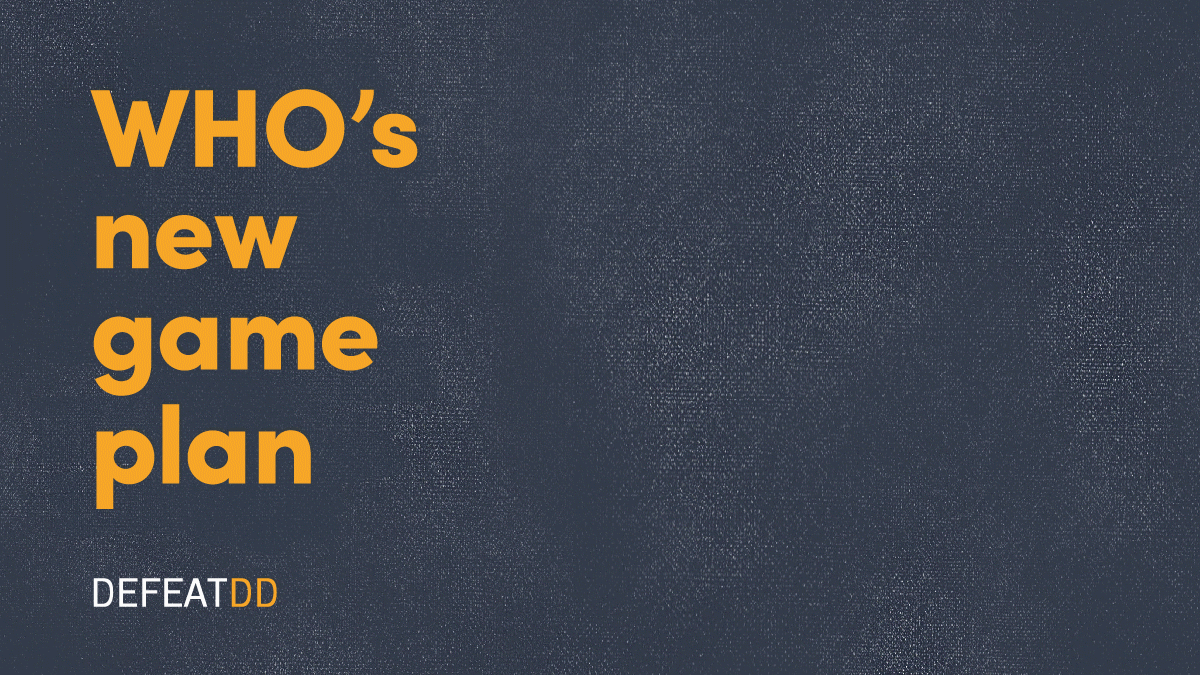
How can advocates use Essential Medicines Lists to save lives?

Last week, PATH sponsored a webinar: Increasing access to lifesaving commodities one list at a time: approaches to advocating for the evolution of Essential Medicines Lists.
WHO’s addition of co-packaged ORS and zinc to the global list of Essential Medicines in July 2019 is featured as a case study for how advocates can engage in this type of advocacy work and why. Here are some highlights.
What is the Essential Medicines List (EML)?
If the World Health Organization is a coach, the list of Essential Medicines includes its Most Valuable Players. It’s a short list of medicines that have demonstrated high-impact, cost-effective performance against priority health care needs. The list is a playbook for countries, outlining which treatments to prioritize for widespread availability, quality, and affordability at all times. The EML has been around since the late 70s, and WHO added a list of essential medicines for children (EMLc) in 2007. Each list has about 460 MVPs.
How does WHO decide which medicines appear on these lists?
The WHO selection committee meets every two years to review applications. The hopefuls must demonstrate that they are solving a high-priority public health need based on disease burden and that they have a clinical track record of safety and efficacy.
In this league, comparatively inexpensive and cost-effective medicines gain a competitive edge. The treatments that do the most good for the most people at an affordable price snag a spot on the coveted list.
How does an EML listing result in greater access for vulnerable children in countries with high disease burden?
Countries have their own EMLs reflecting the playbook dictated by the global WHO experts. And these national EMLs (nEMLs) are synchronized with national guidelines for clinical health care practice that train and supervise health workers and influence procurement priorities within limited health budgets.
It means that if a mother brings her sick child to the clinic with pneumonia or diarrhea, the health care worker is more informed about how to treat it and more likely to have the necessary medicine on hand.
Why was it important to get co-packaged ORS and zinc the global EMLs?
Diarrhea is still a child health crisis, and the evidence base in favor of these two medicines to combat it is solid. WHO and UNICEF have recommended joint use of oral rehydration solution and zinc as the cornerstone treatment for diarrhea since 2004. But uneven access remains a consistent barrier, particularly for zinc. Less than 7% of the world’s children get treated with both ORS and zinc.
Where available, co-packaged presentation has demonstrated to be a key lever in increasing coverage, uptake, cost-effectiveness, and awareness of the need to use both medicines for optimal treatment.
 Inclusion of co-packaged ORS and zinc on WHO’s Essential Medicines list means that more children will have access to the two medicines they need to effectively treat diarrheal disease.
Inclusion of co-packaged ORS and zinc on WHO’s Essential Medicines list means that more children will have access to the two medicines they need to effectively treat diarrheal disease.
How did co-packaged ORS and zinc get on the EML (and EMLc)?
The WHO decision to add co-packaged oral rehydration solution and zinc to its global essential medicines lists was a big celebratory moment of our summer, made possible by the collaboration and dedication of multiple partners.
ColaLife was the catalyst, and its national proof-of-concept proved critical. Based in Zambia, ColaLife had successfully scaled co-packaged ORS and zinc nationwide and advocated for a co-pack listing on Zambia’s national essential medicine list. ColaLife brought the concept of a global listing to the Diarrhea Innovations Group (DIG), a cross-sector collaboration focused on reducing child deaths from diarrhea through the development of new diagnostic and therapeutic technologies and approaches. The group worked together to compile evidence for the WHO application and solicit letters of support from implementing partners, such as CHAI, UNICEF, Abt Associates, Ghana Health Services, and MSF, and donors such as DFID, USAID, and the Bill & Melinda Gates Foundation.
And in July 2019, WHO gave its stamp of approval.

What are next steps?
We’re running a marathon, and passing the baton of global guidance to national players is easier said than done. In the gap between policy and implementation, advocates are the reinforcements the teams didn’t know they needed. Raising awareness about this new global guidance and about the benefits of co-packaged ORS and zinc will continue to be a priority for us at DefeatDD for months to come.
For those of you who could not attend, a full recording of the webinar is available online here.


